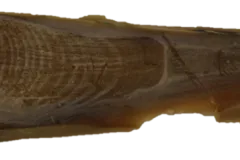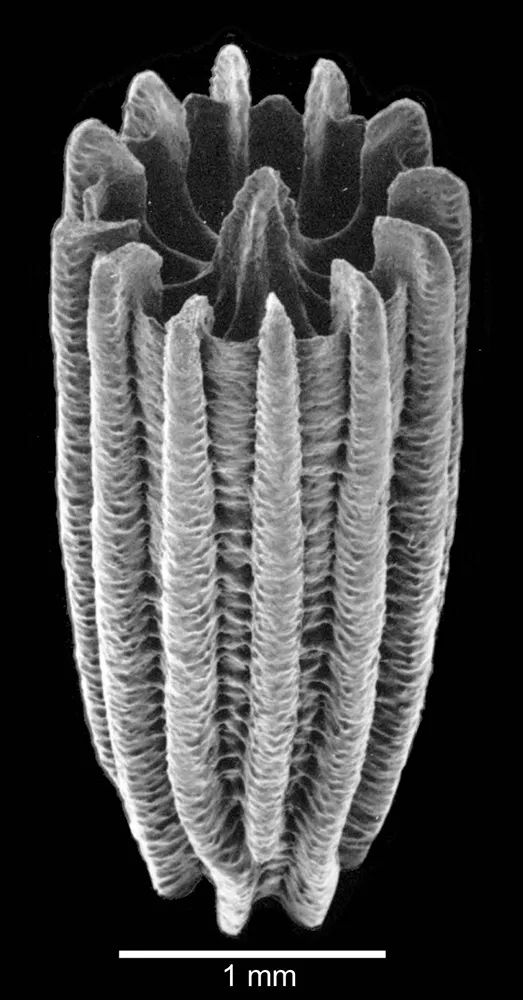Ocean Objects of Wonder

As humans, we are constantly learning. Not only as individuals from the moment we are born through our inevitable death, but as a society through time. We learn not only from people, but also from objects. The Smithsonian’s National Museum of Natural History is home to more than 145 million artifacts and specimens to study and constantly learn from.
A hand-selected collection of some of the most intriguing of these objects is now featured in a new exhibit “Objects of Wonder: From the Collections of the National Museum of Natural History.” Kirk Johnson, Director of the Museum says, “Every museum artifact and specimen has a story to tell.”
What are the ocean stories linked to these items?
One is an unassuming, yet revealing tale of whale earwax. Thousands of whale earwax samples are in the marine mammal collections of the Natural History Museum. They sat for many years collecting (proverbial) dust. But in 2011 researchers realized the layers in the wax that had previously been used only to age whales (like the rings of a tree) could also tell them more about the environment the whales lived in at the time, and their responses to outside conditions. For example, cortisol in the wax is an indicator of stress, and other chemicals give a picture of contaminants in the ocean. These chemical traces, found in particular layers of the wax, help scientists understand a whale’s life history. They can then start to pull together a bigger picture that compares the ocean of one hundred years ago to the one we know today.
Another ocean story that comes from the collections of the Natural History Museum is that of the world’s smallest coral species—Turbinolia stephensoni. The Turbinolia genus of coral was thought to be extinct and only seen in the fossil record. But when Smithsonian coral expert Stephen Cairns examined another coral specimen collected from 90 meters deep in the sands of the Great Barrier Reef, he noticed similarities between it and the Turbinolia fossils he was familiar with. Cairns determined that the two corals are indeed related and belong to the same genus. Something that scientists believed was long extinct and only in the fossil record, was in fact alive today and hiding in the museum’s collections. You can see the tiny Turbinolia stephensoni from museum collections in the exhibit (with the help of a magnifying glass, of course).
These are only two of thousands of stories that come from individual samples held behind the scenes of the Natural History Museum—and new stories are brought to the surface by examining objects behind-the-scenes every day.
“Objects of Wonder: From the Collections of the National museum of Natural History” is on view March 10, 2017 through 2019 at the Smithsonian National Museum of Natural History.


